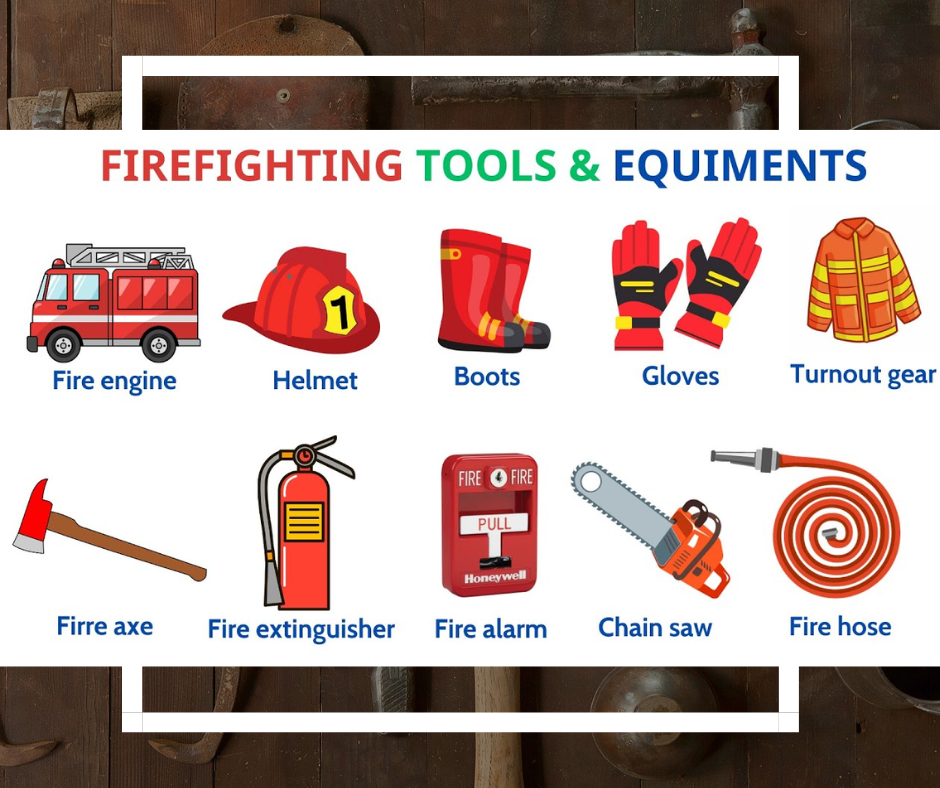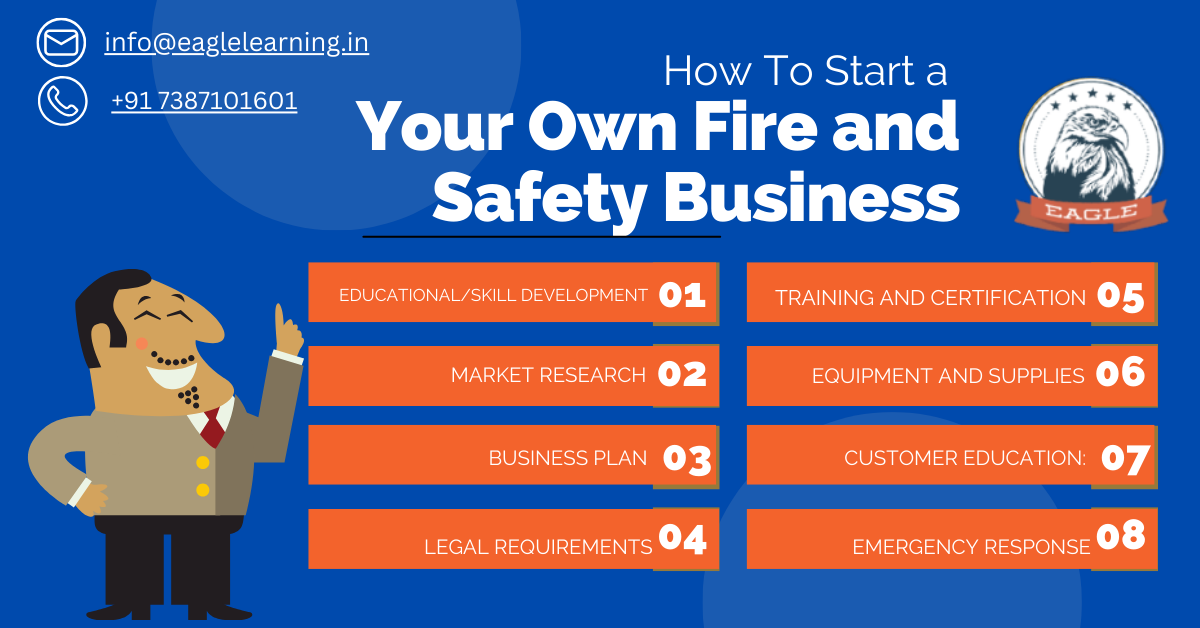If you’re in your 20s and wondering what career path to follow, you might not have considered becoming a safety officer. It might sound boring at first, but hear this out—safety jobs in India are becoming, and there’s a solid reason for it.
Let’s break it down in plain English.
🔥 What Even Is a Safety Officer?
A safety officer is like the guardian of a workplace. Their job is to make sure people don’t get hurt while working.
Imagine:
- You’re on a construction site.
- Workers are using heavy machines.
- One mistake = serious injury.
A safety officer:
- Checks that everyone wears helmets and gloves
- Makes sure machines are safe to use
- Plans what to do if something goes wrong (like a fire or gas leak)
Basically, you help keep people alive and workplaces safe. That’s pretty cool.
📈 Why Are safety officer jobs in India Growing So Fast?
1. More factories and buildings = more safety officers
India is building roads, metros, factories, and big buildings. Every project must have a safety officer to follow the law.
2. The government says so
New rules make it mandatory to have trained safety staff in certain companies.
3. Companies want to avoid accidents
If a worker gets hurt, the company loses time and money. So, they’d rather pay a safety officer than deal with lawsuits or hospital bills.
4. Global companies, global standards
Big international companies (like Amazon or Tata) want safety rules followed properly. They look for trained people who understand these rules.
👷♂️ Is safety officer jobs in India a Good Career for Me?
Let’s be honest—if you’re the type of person who:
- Notices small details
- Likes being in charge
- Wants a serious, respected job
- Doesn’t mind being on-site and moving around
Then this job might be perfect.
Plus:
✅ Many jobs are available even if you’re not from a big city
✅ You can start with a 1-year diploma
✅ There’s less competition compared to IT or marketing jobs
✅ Some safety officers earn ₹30,000 to ₹60,000 per month, and more with experience
📚 What You’ll Need to Learn
To get started, look for courses like:
- Diploma in Industrial Safety
- Fire & Safety Management
- NEBOSH or IOSH certifications (internationally recognized)
These can be done after 12th or during college.
💡 Final Thought
You don’t need to be a doctor or coder to make a difference. Safety officers literally save lives every day. With India growing fast, this is one of those behind-the-scenes careers that’s now in the spotlight.
If you want a job that’s respected, pays well, and makes an impact, give safety jobs a serious look.
To pursue a career in fire and safety, individuals can obtain relevant certifications and training from recognized institutions in India, such as the National Safety Council, the Institution of Fire Engineers, and the Fire and Safety Forum of India. Some universities in India also offer degree programs in fire and safety engineering.
We are here to help you for making your great future in MSBTE/UGC Affiliated Diploma and Degree courses so feel free to contact us.



